Cliccando sul pulsante "Accetta tutti i cookie": l’utente accetta di memorizzare tutti i cookie sul suo dispositivo.
Cliccando su "Impostazioni cookie": l’utente sceglie le tipologie di cookie che saranno memorizzate nel suo dispositivo.
A cooperative with the aim of recovering and safeguarding the local peasant food tradition.

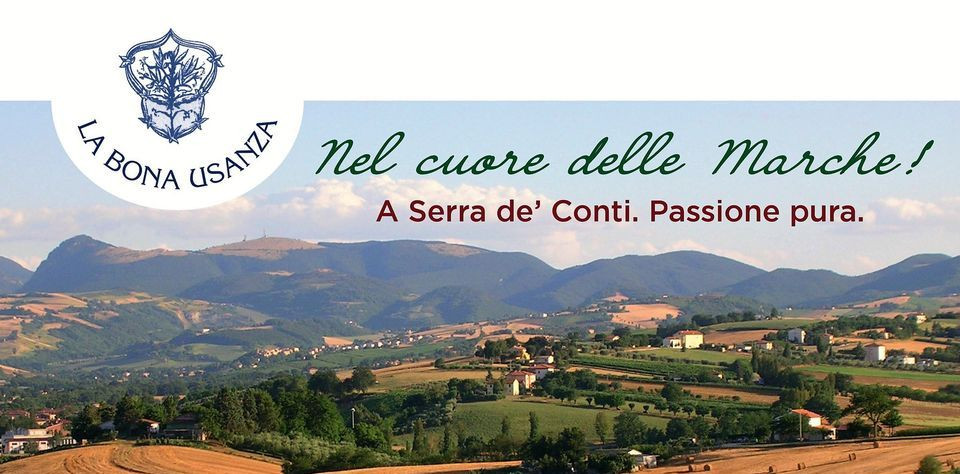
With love and competence a group of enthusiasts works to save legumes, cereals, sweets, sauces that have been the basis of the food history of this territory from the risk of extinction.
Food, health, biodiversity together with the pleasure of conviviality, memory, the enhancement of our food and wine heritage: these are the cornerstones around which the La Bona Usanza Cooperative moves.
How to save quality productions that risk disappearing?
How to defend the products of small food crafts in the face of the pressures of large industry that cause standardization and flattening in the planet of flavors?
How to promote the values linked to the roots of food culture based on the traditions of the "territory" and on the rediscovery of the dishes of "poor cuisine"?
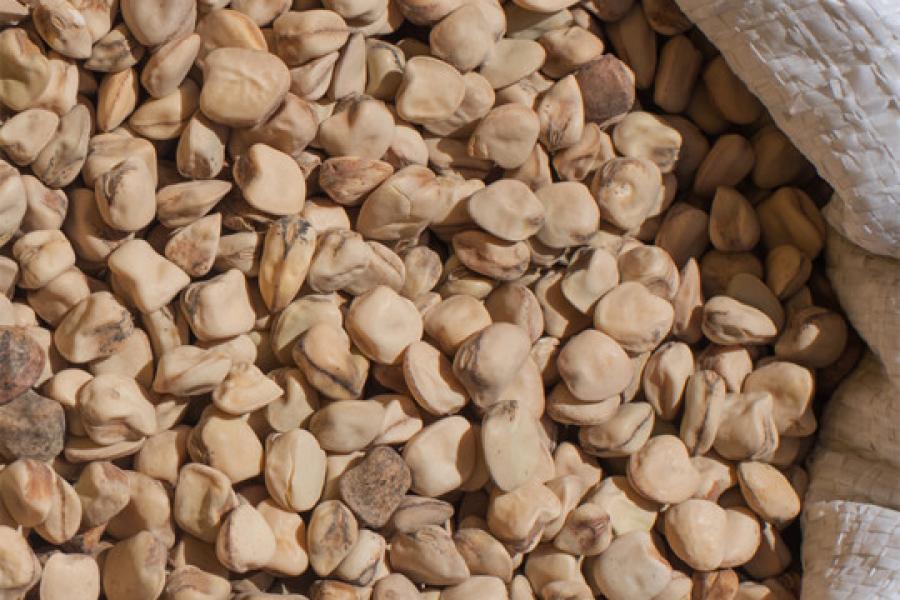
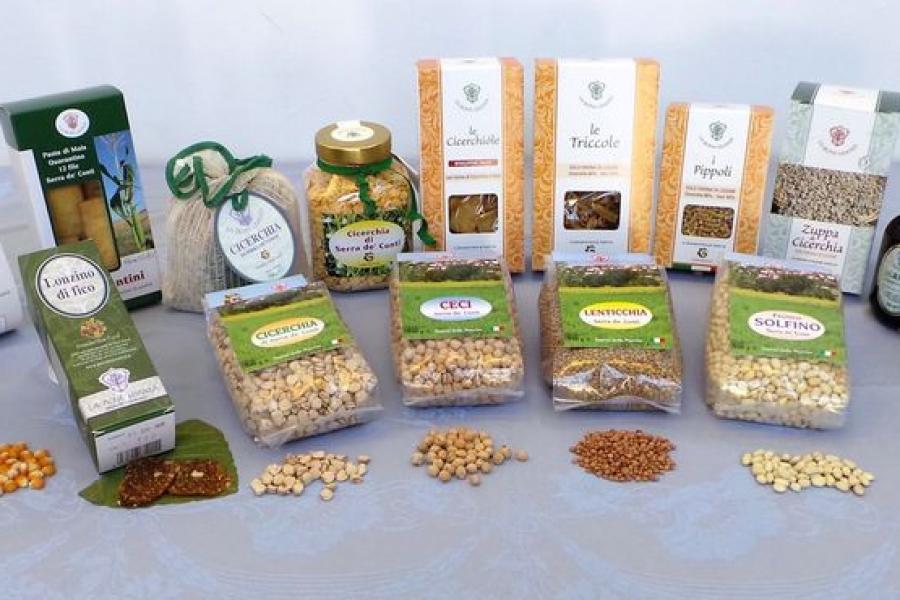
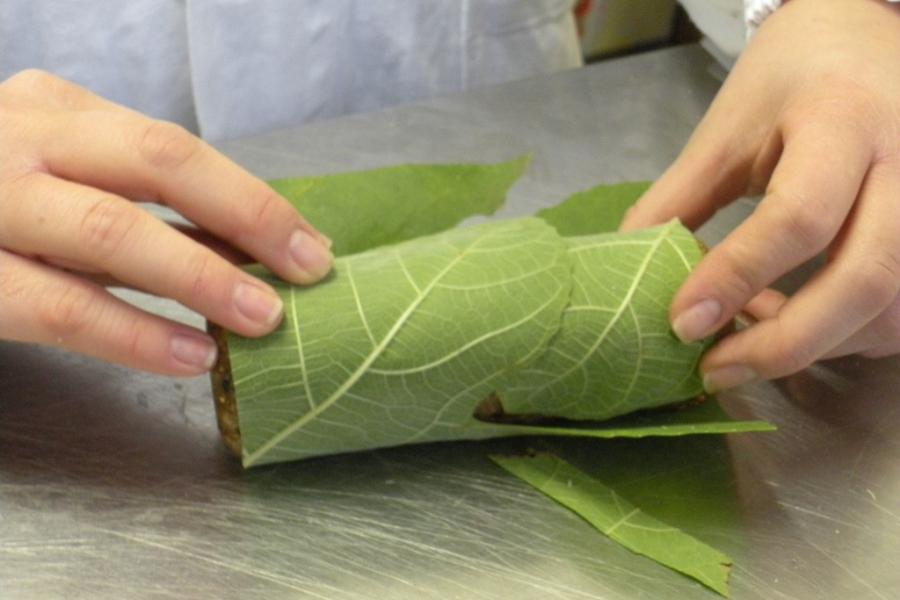
A "challenge" that began with the cicerchia, later other "challenges" were added including fig loin, sapa, agresto, local chickpea, sulfino bean, quarantine corn.
In recent years we have also created a series of innovative products based on legume flours (pasta, snacks, flours, etc ...) that meet the new needs of consumers, who are increasingly attentive to a quality diet.
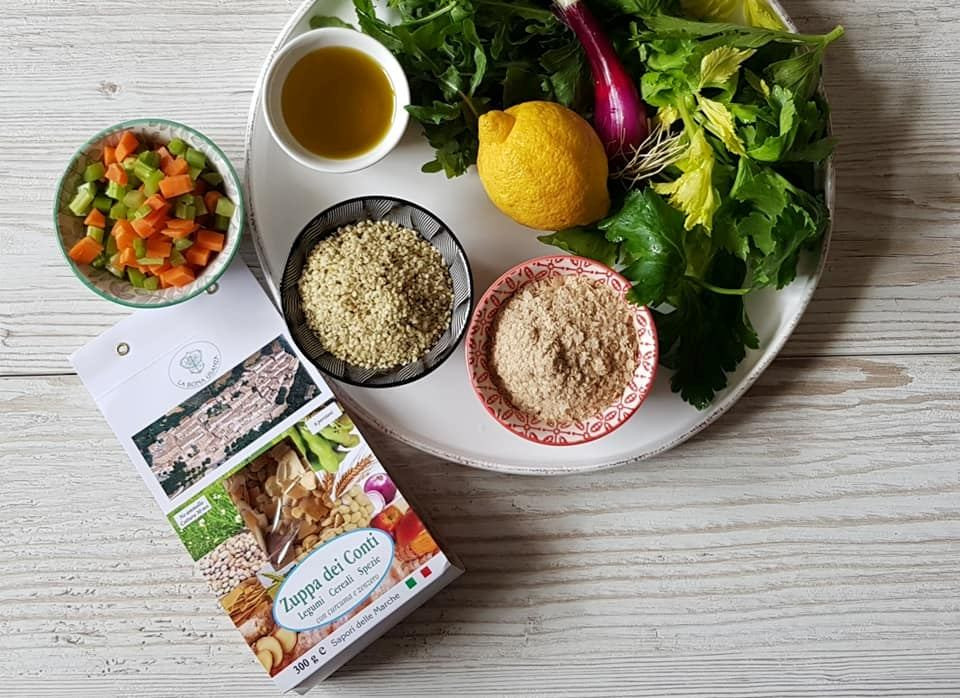
Legumes and corn are born in the splendid scenery of the Marche hills.
Serra De ’Conti, a Slow Food Presidium, stands on a hill 217 meters high, to the right of the valley crossed by the Misa River.
The historic center offers a significant example of an urban layout of thirteenth-century origin.
The walls run along the perimeter of the ancient city, characterized by ten towers and a monumental fortified gate.
Small productions, handcrafted, where there is still a lot of manual skills and "a lot of pleasure".
It is here that wise and respectful action has been able to create its small, great masterpiece, giving life to a landscape mosaic characterized by vineyards and cultivated fields dotted with the presence of farmhouses, testimony to the times of sharecropping.